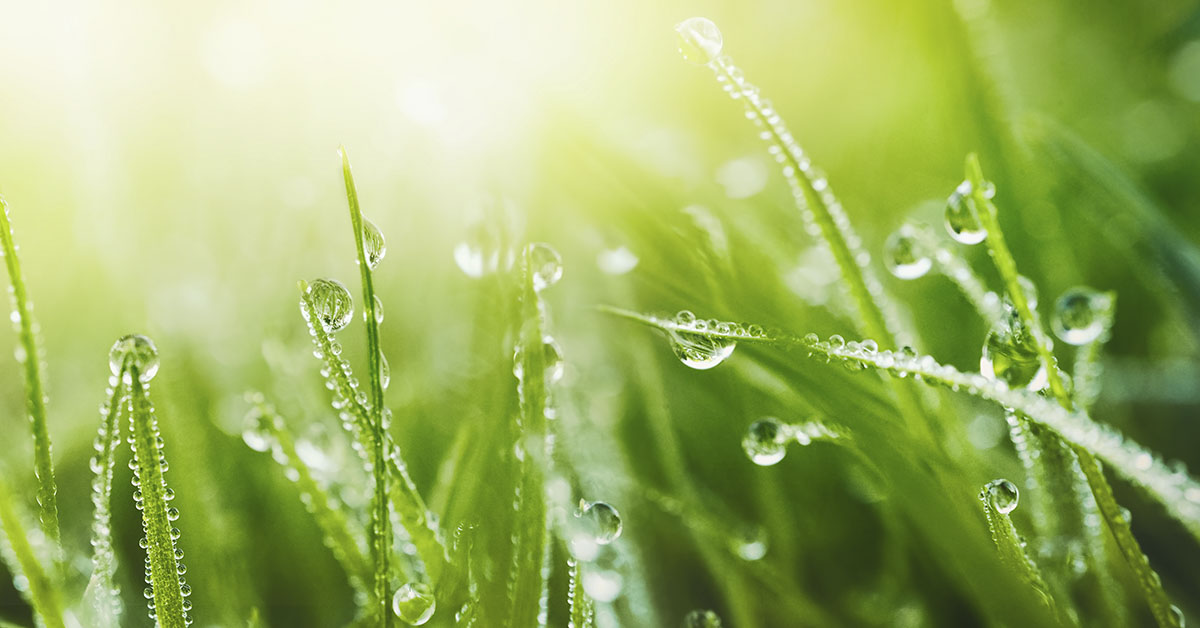After a rainy day, someone picked up a blade of grass and placed it under a microscope. To their surprise, it looked like the grass was smiling. This unexpected image, now widely known as “smiling grass”, wasn’t a joke or special effect. It was a fascinating result of the plant’s inner structure. When magnified, the circular patterns in grass align in a way that resembles a human face. These formations create a playful illusion, a tiny smile hiding in nature. As we dig deeper, you’ll see how science and curiosity combine to reveal something beautifully unexpected.
The Discovery of a Plant Smile
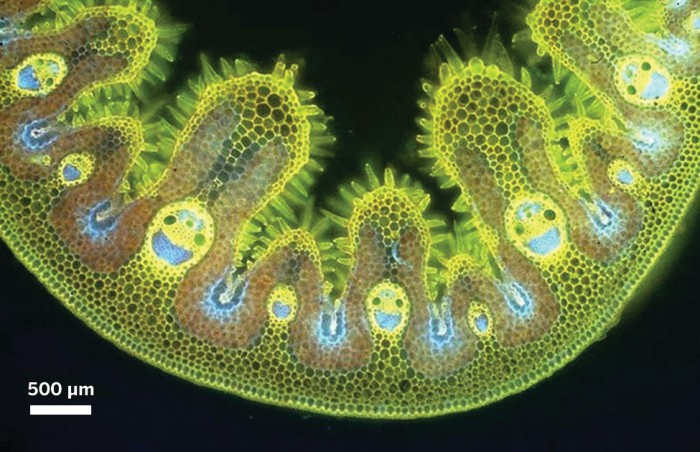
The “smiling grass” phenomenon began when a Foldscope user sliced a grass blade and examined it under a microscope. They saw a small face in the stem, a pair of “eyes”, and a smiling curve. Though accidental, this alignment of plant tissue looked strangely joyful. Soon after, the discovery caught attention online, sparking curiosity in classrooms and backyards. As others began trying it themselves, the smiles seemed to appear everywhere. Clearly, this was not just a fluke. Instead, it became a reminder of the small surprises that nature hides, waiting for us to uncover them.
The Magic of Vascular Bundles
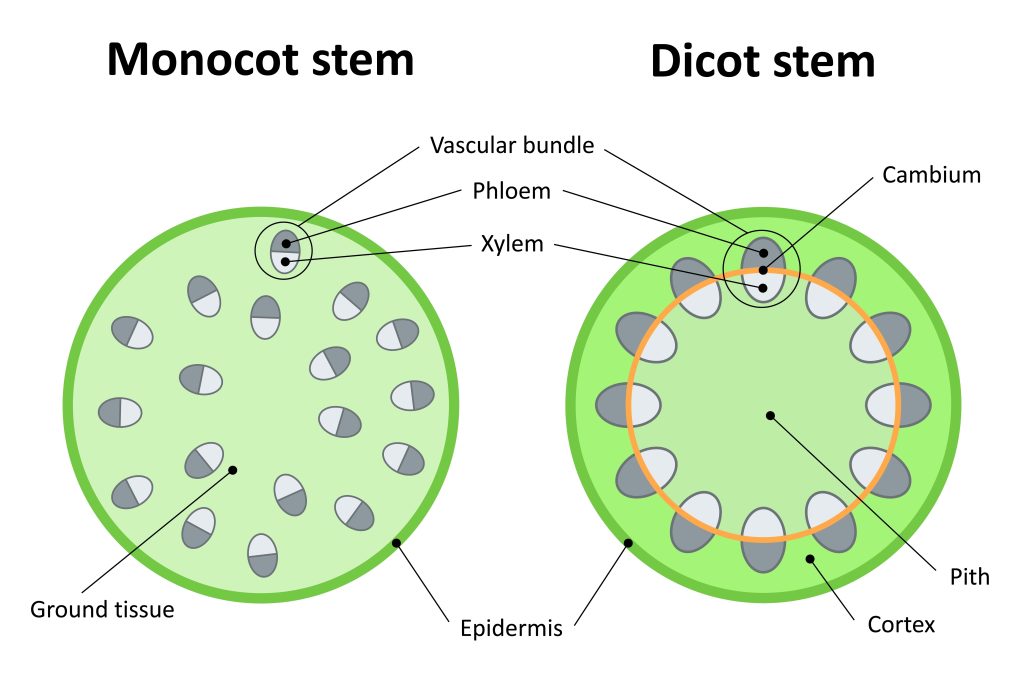
Inside each blade of grass are circular tubes called vascular bundles. These include xylem, which carries water, and phloem, which moves nutrients. In cross-section, they form neat, repeating patterns. Occasionally, these circles align in a way that resembles a face. That’s the trick behind smiling grass. Our brains recognize this layout as familiar, even though it’s purely botanical. Interestingly, this illusion blends biology with perception. As a result, the pattern fascinates scientists and everyday observers alike, showing how natural structures can create visuals we instantly connect with emotionally.
Why Rain Enhances the Smile
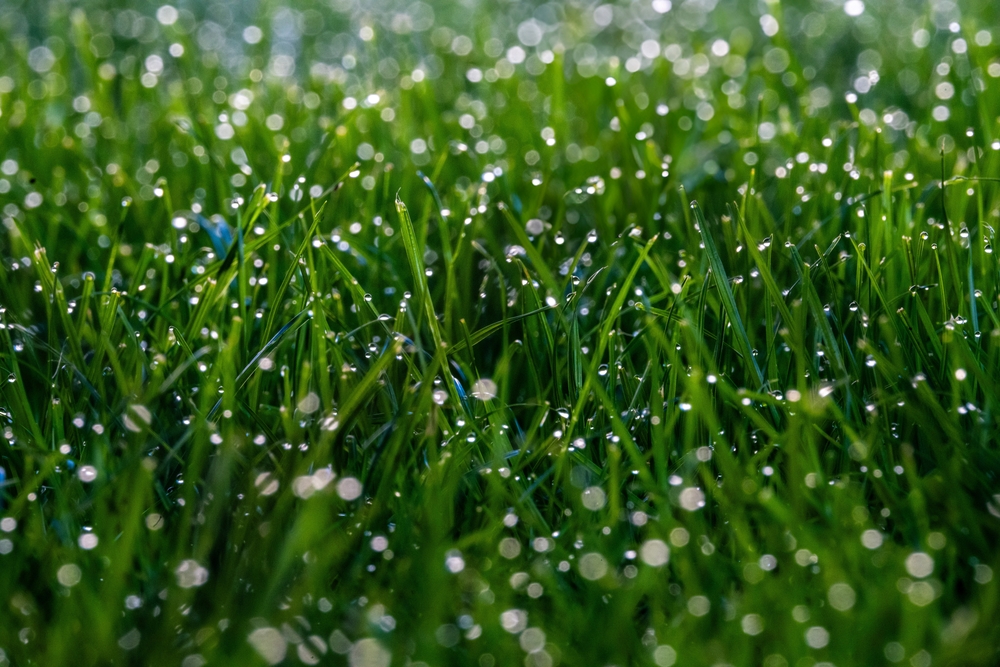
Rain plays a surprising role in enhancing this illusion. When grass absorbs water, its tissues swell slightly, making the vascular bundles easier to see. This natural change boosts contrast and improves visibility under a microscope. Additionally, wet grass slices more smoothly, which helps in creating cleaner slides. After rainfall, the internal plant structures stand out more clearly and consistently. Consequently, these conditions help produce more frequent and vivid “smiles.” So next time it rains, it might be the perfect opportunity to go grass hunting and make your own discovery.
How to See It Yourself

To see smiling grass with your own eyes, gather a fresh blade and a basic microscope like a Foldscope. First, carefully slice the grass across its stem to create a thin cross-section. Then, place a small drop of clear nail polish on a glass slide. Using tweezers, position the slice in the polish. Next, gently add a cover slip and let it dry. Once you magnify the sample to around 140×, a face might appear. With patience and curiosity, you’ll be amazed at what you can find in something as ordinary as a piece of grass.
A Learning Tool for All Ages

Beyond its charm, smiling grass serves as a fantastic learning tool. It gives teachers a creative way to explain plant anatomy and microscopy to students of all ages. Young learners, in particular, connect better when science feels hands-on and engaging. Since the illusion involves both biology and visual interpretation, it sparks cross-disciplinary curiosity. Moreover, it encourages experimentation and close observation. This makes science feel less intimidating and more like a fun, accessible adventure, one that starts with nothing more than a blade of grass and a curious mind.
The Power of Pareidolia
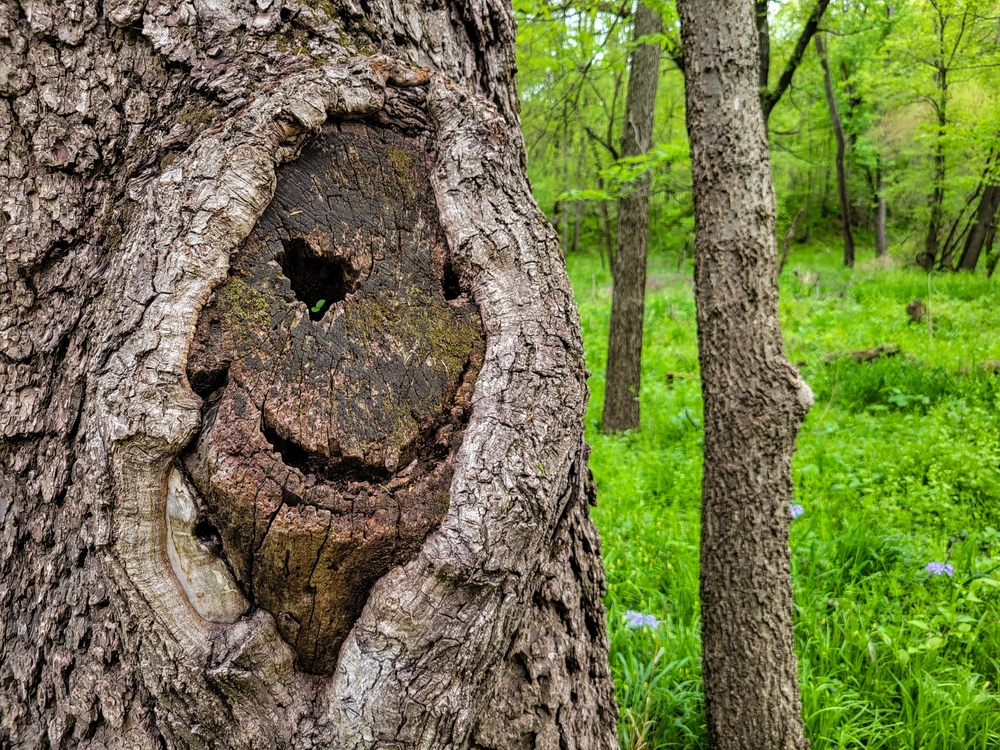
We often see faces in clouds, toast, or tree bark thanks to pareidolia, the brain’s tendency to find familiar shapes in random patterns. Smiling grass fits this idea perfectly. Our minds are so tuned to facial recognition that just a few simple shapes can trigger the illusion of a face. Importantly, this effect doesn’t reflect intent or design in nature. Instead, it shows how human perception shapes how we understand the world. And once you know about pareidolia, you may start seeing faces in the most unexpected places, even in a humble leaf.
Read More: Seeing Faces In Things May be a Sign of Neuroticism
Why Foldscope Made It Possible
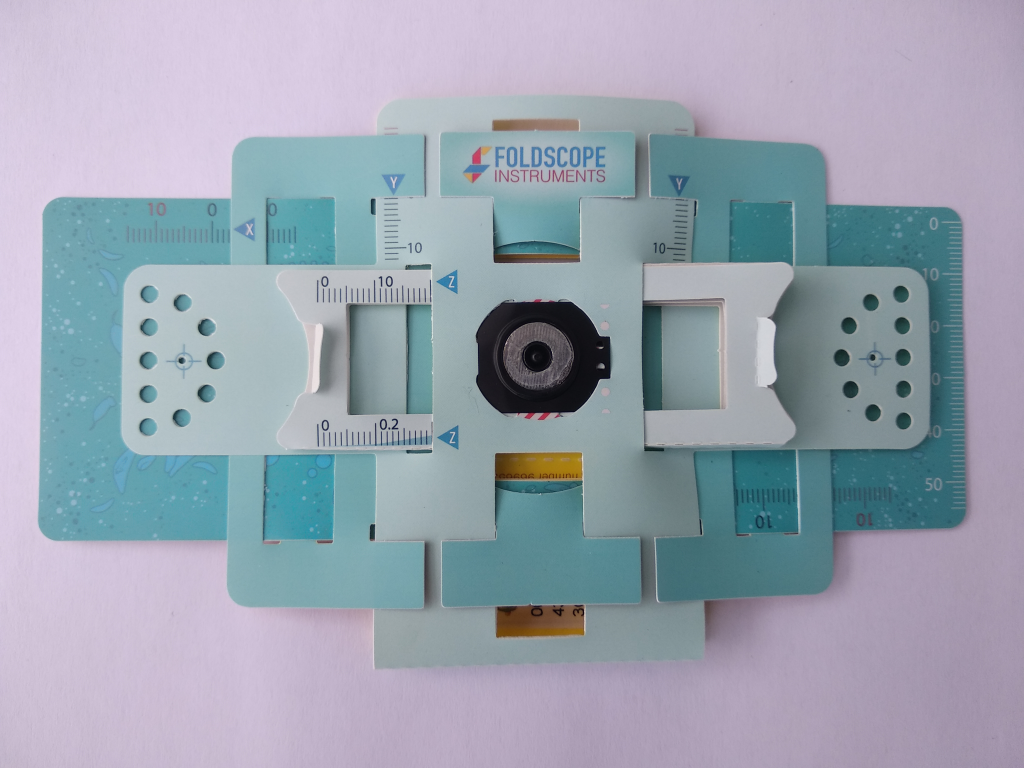
Foldscope, a low-cost paper microscope, helped bring the smiling grass phenomenon to the public. Designed for accessibility, it allows anyone to explore the microscopic world from home or school. Unlike traditional lab microscopes, Foldscope is simple, affordable, and smartphone-compatible. The device encourages hands-on learning and community sharing. Thanks to Foldscope’s global user base, discoveries like smiling grass now reach thousands. In turn, more people are inspired to look closer at everyday objects, making science not just understandable, but exciting and deeply personal.
Join the Foldscope Community

Feeling inspired? Join the Foldscope community online. Users around the world share their microscope images on the Microcosmos platform. Whether you observe insects, leaves, or your own smiling grass, your discoveries are welcome. Tag Foldscope on social media to take part in global conversations. This community encourages learning through exploration and peer support. In fact, many new discoveries start with a single post or shared observation. By participating, you’re helping others stay curious, and maybe even inspiring the next young scientist.
A Smile Hidden in Nature
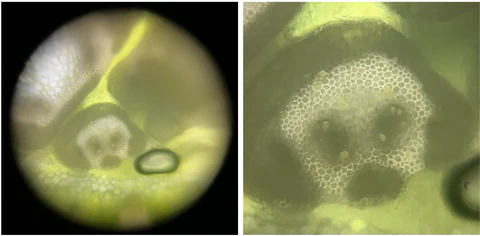
In the end, smiling grass reminds us that wonder lies in the small things. A rainy blade of grass can reveal a tiny, joyful face when seen under the right lens. This illusion connects science with human perception, showing how closely biology and curiosity intertwine. Whether you’re young or old, experienced or new to science, this phenomenon invites you to look closer. Grab a microscope, explore your garden, and you just might find nature smiling back. Because sometimes, beauty really is in the little things we almost overlook.
Read More: New Research Questions What We Know About Life’s Origins
